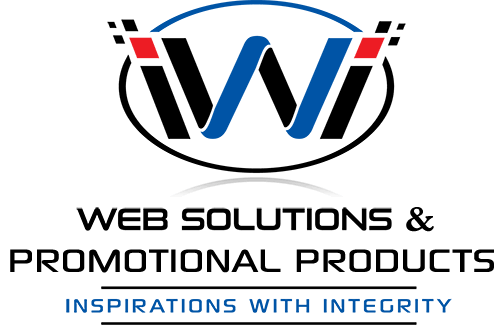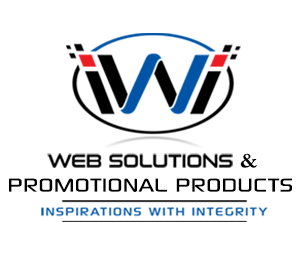Every brand wants to drive more traffic to their website. More traffic = higher probability of more sales and more revenue for your business. Surely, you have already search engine optimized (SEO) your website to ensure that you will appear in the top search results that your targeted audience is wading through (at least we hope you have anyway, if not, please give us a call). Yet, you are probably still waiting for those visitors to arrive, and it feels like it’s taking as long as Christmas. Well, the good news is that you can start reaping near-immediate benefits by using pay per click (PPC) advertising to convert more leads into sales for your business.
You’ve probably already heard of it but in case you haven’t, pay per click is an internet marketing method where you design and create an ad and then a search provider such as Google, Bing, Yahoo, etc. will take that ad and promote it for you (for FREE) to the people searching for what you are advertising. You are probably thinking, “What’s the catch? Nothing is free”. Well, unfortunately, you are correct. You do have to pay the search provider but only for those who click on your ad (hence the name – pay per click). What makes this strategy cost-effective is that you aren’t paying a search provider for every second that your ad wastes away on the internet. Instead, you are paying only for the visitors that are interested enough in what you are advertising that they have directly clicked on it to learn more information or make their purchase immediately. However, using the pay per click method isn’t entirely mistake proof.
Three tips to make the most of your pay-per-click budget:
1. Targeted Keywords. Since you are paying for each person that clicks on your advertisement, you want to make sure that those who are clicking are the ones most likely to make a purchase. For example, you don’t want to choose keywords that are being searched for the most. While “automobile insurance” might be keywords with a high search volume, using the keywords “automobile insurance quote” will create a more targeted audience that is focused on those showing their intent to purchase by their search containing the word “quote.”
2. Negative Keywords. You picked out the best keywords that will guarantee your ad appears in all the right searches. But did you think about the keywords that will make your ad appear in the wrong searches? If you sell high-end automobiles, you are going to want to eliminate your ad from popping up in searches for “video,” “images,” and “pictures” because those keywords do not signal intent to purchase anything. We suggest building a negative keyword list and filling it with more recreational words, which will, in turn, minimize your PPC spending. Don’t waste your money on needless clicking.
3. Landing Page. Imagine you were the customer, and you saw an advertisement for a product at the exact moment you needed and were willing to purchase it. Yet, when you clicked on the ad, you were redirected to a page that seemingly had nothing to do with the advertisement that intrigued you enough to click in the first place. You wouldn’t go rooting around the website for your product, would you? You’d probably hit that back button and find what you needed elsewhere. So, don’t expect your customers to do anything different, either. Make sure that once your visitors have clicked your ad that they are sent to the specific page of your site that talks about or sells the product or service in the ad, or else you risk losing their attention. Super Sad Face.
Bottom line: if you sell your products or services online, you should be implementing a pay per click strategy. Following these three tips will increase your website traffic, attract more potential lead conversions, and maximize your marketing ROI.

